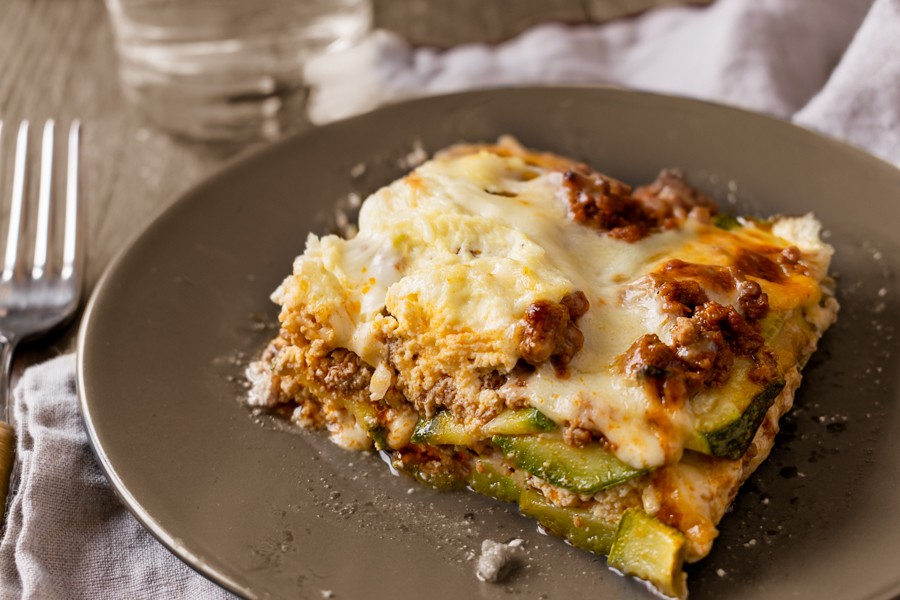Decoding Baker’s Ammonia: Usage, Substitutes, and Kitchen Tips

Ammonia, also known as baker’s ammonia, baking ammonia or ammonium carbonate, is a traditional leavening agent used in baking. It is often used in recipes that require a strong, quick rise and a light, crisp texture, such as cookies, crackers, and biscuits.
It is more correct to call it ammonium carbonate. Food-grade ammonia is an ammonium salt of carbonic acid, which is used in the food industry and especially in the production of confectionery products as a leavening agent. This salt, with the combination of water present in the cake and the heat of the oven, transforms into carbon dioxide, thus allowing leavening.
Ammonia has a strong leavening power, it allows the dough to develop in a horizontal plane (in practice it causes it to expand, so it is ideal for cookies and the like), and it is enough to follow the correct dosages required by the recipe to obtain exceptional products with a perfect leaven.
It is important to note that ammonia is a leavening agent with a strong odor during baking, which dissipates once the baking process is complete.
Is Baker’s Ammonia a Toxic Ingredient for Human Consumption?
No, it isn’t!
It should be immediately clear that Baker’s Ammonia is a non-toxic and safe ingredient for human consumption, which has nothing in common with ammonia used for household cleaning, except for a strong and characteristic odor.
How Can I Use Baker’s Ammonia in Cooking?
You can use Baker’s ammonia in recipes that require a light and crisp texture, such as cookies and crackers. Explore traditional recipes that specifically call for this unique leavening agent.
TRY THIS RECIPE THAT TRADITIONALLY USES BAKING AMMONIA: MOSTACCIOLI NAPOLETANI
Baker’s ammonia needs heat to activate and release gas for leavening. Ensure to preheat your oven to the right temperature before baking. When heated, ammonia releases gas, creating small bubbles in the dough that help it rise and expand. Additionally, it has the benefit of evaporating completely during baking, leaving no residue or off-flavors in the final product.
What Can I Replace Baker’s Ammonia With?
When substituting baker’s ammonia in recipes, you can use baking powder or baking soda as alternatives.
Baking powder is a convenient option as it already contains an acidic ingredient to activate the leavening process.
Baking soda, on the other hand, needs an acidic component such as buttermilk or yogurt to work effectively.
Additionally, you can explore using baking powder combined with cream of tartar for recipes that require a double-acting leavening agent similar to baker’s ammonia. Remember to adjust the quantities based on the recipe’s requirements to achieve the desired rise and texture in your baked goods.
Where Can I Buy Ammonia for my Recipes?
You can purchase baker’s ammonia, also known as ammonium carbonate or hartshorn, at specialty baking stores, some well-stocked supermarkets, or online through various retailers that sell baking ingredients. It may also be available at stores that cater to professional bakers or online marketplaces specializing in baking supplies.









